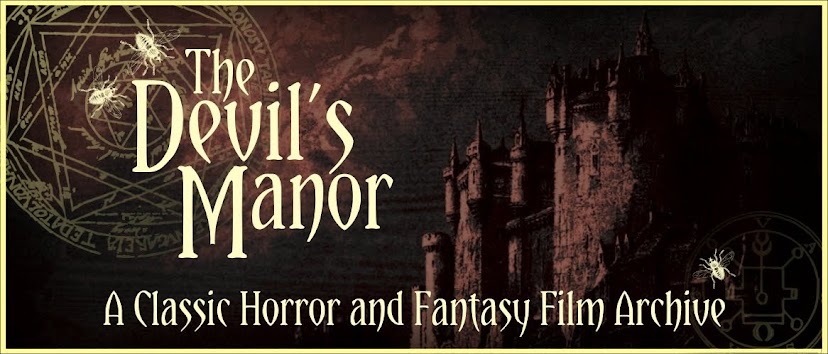Director: Louis Feuillade
"A delicate perfume filters through the ballroom..."
Episode five of the thrilling serial: Moreno continues his crime spree after his most daring escape yet... from the morgue! The Vampires asphyxiate the aristocracy, and Guerande feels the grip of a hangman's noose...
The Vampires are still at large. In Paris, the thief Moreno is brought before the magistrate Hamel, but he swallows what is thought to be a cyanide capsule before he can be questioned. His body is taken to the morgue, but that night he regains consciousness and escapes in a guard's uniform. Meanwhile, Guerande is kidnapped by the Vampires and locked inside a trunk attached to their getaway car. En route, he manages to disengage himself, forcing the Vampires to flee empty-handed.
Guerande discovers that the trunk had been hired by the Baron de Mortesaignes for a costume party. During his investigation, Guerande is captured by Moreno's gang and again threatened with execution. He stalls for time by telling Moreno of his discovery of the Vampire plot at the Baron de Mortesaignes' chateau...
The Baron and his niece are of course the Grand Vampire and Irma Vep, who announce to their party guests: "At midnight, there will be a surprise!". When midnight comes, the exits are sealed and gas is pumped in to the room. As the last of the assembled aristocrats falls unconscious, the doors open and in walk the black-garbed Vampires to collect the spoils...
Notes:
There are two separate scenes in Dead Man's Escape involving incarceration, where the sealed exits symbolically identify immobility with extinction; Moreno's spell in the morgue, and the Baron's party, where the Vampires gas the trapped aristocrats into a death-like sleep (you can imagine my disappointment when they all woke up). A fitting perspective, perhaps, for a country mired in a devastating war and only a handful of years away from the high-speed thrills of the Jazz Age.
A clue to the broader philosophy of The Vampires may be seen in this episode. Guerande reads a passage in his copy of Jean de la Fontaine's 'Fables' which says: 'In all things, one must take the end into account'. The end, for Feuillade, was a curtain closing before a satisfied audience. “A film is not a sermon nor a conference," he wrote, "even less a rebus, but a means to entertain the eyes and the spirit". And who would deny that it's always the villains who entertain us best?
It's not just the villains in The Vampires who refuse to conform to the usual social and moral (even sexual) boundaries, and the storyline is driven by imagination rather than logic. The physical landscape is just as slippery. Windows, chimneys and skylights are used as often as doors, and a fast car or express train is usually waiting nearby to propel the story ever onwards.
But after all the derring-do is done, the credits roll without the cliffhanger ending we might expect. It doesn't really matter: the audience has been entertained, and it's safe to say few of them would have a clue what happens next...
To Be Continued in Part 6: "The Eyes That Fascinate"!
End Credits:
Edouarde Mathe (Phillipe Guerande), Musidora (Irma Vep / Mlle de Mortesaignes), Fernand Hermann (Juan Moreno), Marcel Levesque (Oscar Mazamette), Jean Ayme (The Grand Vampire / Baron de Mortesaignes), Jaques Feyder (unknown).
Scenario: Louis Feuillade, Photography: Manichoux.
Gaumont, France
Running time 36 minsTo Be Continued in Part 6: "The Eyes That Fascinate"!



No comments:
Post a Comment